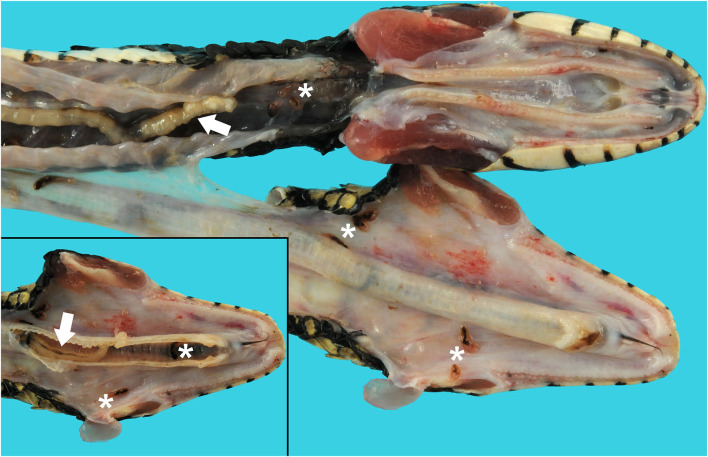Florida’s ecosystem is now facing a population-threatening problem: a parasitic worm is spreading death to its native reptile population and the Burmese Pythons. This is not a new parasite, but its impact has been strongly charged by the invasive Burmese python species.
The parasite is called the Raillietiella orientalis, a lungworm native to Asia. These parasitic creatures work by attacking the respiratory systems of snakes. They latch on and cause internal bleeding, pneumonia, and death. Native snakes can tolerate this parasite on higher levels, but it is still very dangerous to them because the species are much smaller compared to the Burmese python species.
The Burmese pythons are believed to have brought the lungworm with them. Their high population creates the best breeding ground for the parasite, which then spreads to the native snakes. Lizards, frogs, and disgusting as it is, even cockroaches can act as hosts, as they carry the parasite larvae until they are consumed by a snake. According to the University of Florida, scientists suspect they become hosts after they consume fecal matter.
Researchers are documenting the lungworm’s spread and are finding infected pygmy rattlesnakes hundreds of miles from the Everglades, where the Burmese pythons usually spend most of their time. The rapid spread of the parasite is raising serious concerns for the reptiles in Florida’s health and diversity.
The loss of native snakes disrupts the balance of the ecosystem. These reptiles control rodent populations, and prey for larger animals. Their decline could have long-term effects throughout the ecosystem.
Scientists are working to understand the full impact of the parasite and develop potential solutions focusing on the Burmese Pythons which are the main carrier of the host. The fight to protect Florida’s unique reptile populations is dependent on the ability to control the Burmese pythons and stop the spread of the deadly parasite they carry.








